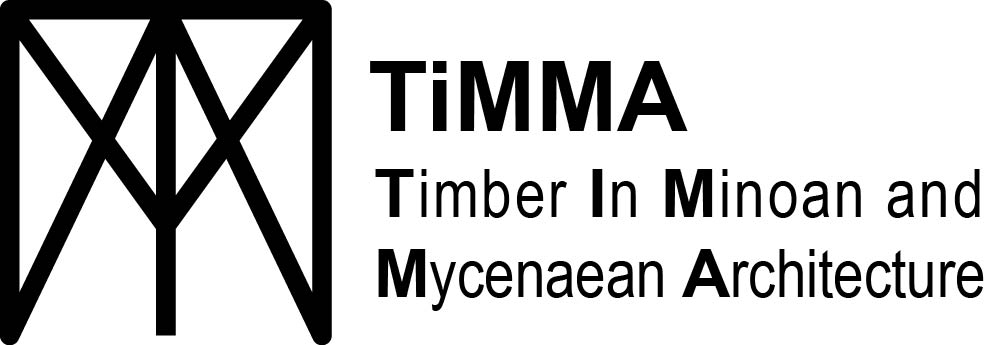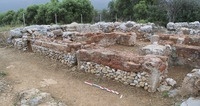Minoan Master Builders? A Diachronic Study of Mudbrick Architecture in the Bronze Age Palace at Malia (Crete) - Devolder & Lorenzon 2019
Title
Minoan Master Builders? A Diachronic Study of Mudbrick Architecture in the Bronze Age Palace at Malia (Crete) - Devolder & Lorenzon 2019
Bulletin de correspondance hellénique
Creator
Maud Devolder
Marta Lorenzon
Abstract
This paper investigates sun‑dried mudbrick architecture in the Minoan Palace at Malia on the north coast of Crete (Greece), excavated and studied by the French School at Athens since the beginning of the 20th century. Macroscopic study of the standing architectural remains is combined with geochemical (pXRF and XRD) and petrographic analyses of a selection of mudbrick samples in order to explore patterns and variations in bricklaying, mudbrick recipes, manufacturing practices and mudbrick performance throughout the Pre‑, Proto‑ and Neopalatial periods (2450-1430 BCE). The microscopic composition of the mudbricks highlights the consistent procurement of local raw materials, despite marked differences in macroscopic composition related to varying manufacturing processes that impacted mudbrick performance. This diversity is important enough to indicate the completion of the Neopalatial building project by separate teams of builders, whose skills seem to have varied markedly. The participation in the Neopalatial building project of specialised mudbrick ‘master’ builders is attested but the workforce was also drawn from the site’s inhabitants who had the requisite knowledge to produce standing, though significantly less‑well performing, mudbrick walls.
issue
143.1
pages
63-123
Date
2019/09/01
Language
en
doi
10.4000/bch.718
issn
0007-4217
Rights
Bulletin de correspondance hellénique

